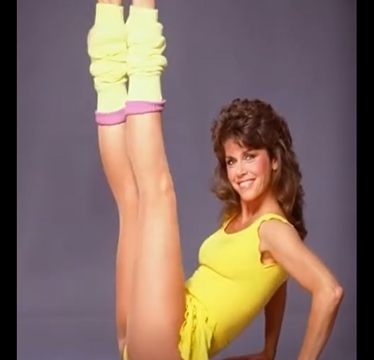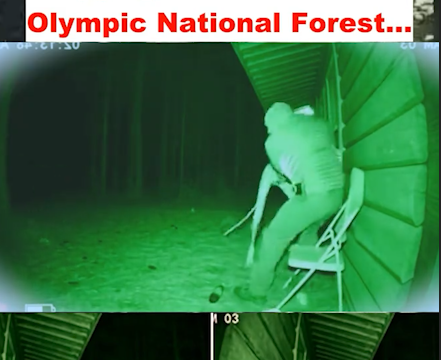When Charlie’s Angels first hit television screens in 1976, it didn’t just launch a new crime drama—it completely changed the way female heroes were portrayed on TV. At a time when most leading roles in action and mystery series were written for men, this groundbreaking show took a bold step by placing three smart, fearless, and stylish women at the center of the story. Farrah Fawcett, Kate Jackson, and Jaclyn Smith played private investigators working for a mysterious, unseen boss named Charlie, and together they formed a powerful trio that broke away from every stereotype about women on television.

These women weren’t just assistants or background characters—they were the leads, the action-takers, and the problem-solvers. Blending action, mystery, and glamour, the show offered something entirely new and unforgettable, proving that women could lead a fast-paced detective series without having to sacrifice their femininity or charm. What made Charlie’s Angels so revolutionary wasn’t only the idea of women leading a crime-fighting team—it was how those women were portrayed. They were intelligent and capable, but also glamorous and fashionable. The series didn’t force them to give up their beauty or style to be taken seriously.
In fact, their fashion became a signature part of the show, with each episode showcasing trendy outfits, flowing hairstyles, and effortless elegance. Farrah Fawcett’s feathered hair alone became one of the most iconic beauty trends of the late 1970s, and the Angels’ overall look inspired women across the country. The show sent a clear message: strength and beauty can coexist, and being feminine doesn’t make you any less powerful. Beyond the fashion, though, was a deeper message about empowerment. The Angels faced danger head-on, went undercover, outwitted criminals, and took down bad guys week after week.
And they did it on their own terms. Each character brought her own strengths to the team—Sabrina was the brains, Jill brought athleticism and charisma, and Kelly was calm under pressure and emotionally intuitive. Together, they formed a balanced team that didn’t rely on men to save the day. This was a huge departure from the norm in television at the time, where women often played sidekicks or damsels in distress. Over its five-season run, Charlie’s Angels saw several cast changes, with actresses like Cheryl Ladd, Shelley Hack, and Tanya Roberts stepping into lead roles. But the core concept remained the same—women taking charge, working together, and solving crimes with confidence and style.
Even as the original series wrapped up in 1981, its legacy didn’t fade. The show inspired multiple film adaptations in the early 2000s starring Cameron Diaz, Drew Barrymore, and Lucy Liu, a short-lived 2011 reboot, and a more recent film release in 2019. While each version brought something new to the table, the heart of Charlie’s Angels remained: women who were unapologetically strong, capable, and in control. The influence of Charlie’s Angels went far beyond entertainment. It helped change how women were seen—not just on television, but in broader culture. It challenged long-standing gender norms and showed viewers that women could be heroes in their own right. The Angels didn’t wait around to be saved—they were doing the saving. That idea helped pave the way for countless other female-led shows and characters in the decades that followed. Shows like Buffy the Vampire Slayer, Alias, Veronica Mars, and Killing Eve owe a part of their existence to the trail blazed by the Angels. Today, Charlie’s Angels is more than just a nostalgic piece of television history. It’s a symbol of progress and possibility. It proved that female heroes didn’t have to look or act a certain way to be effective, and that intelligence, courage, and style could go hand-in-hand. Decades later, its impact is still being felt across television, film, and pop culture, reminding us that women can be just as bold, brilliant, and brave as any hero out there.





